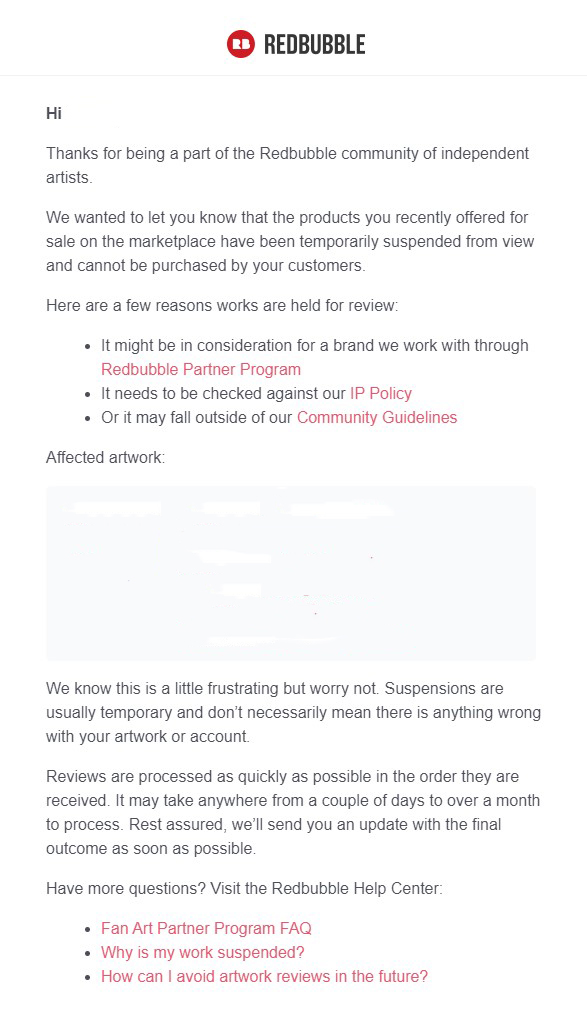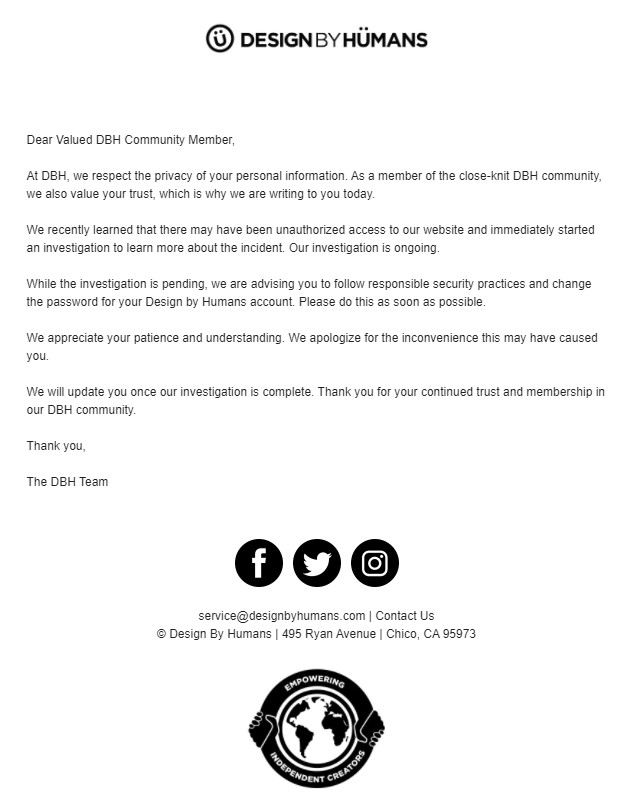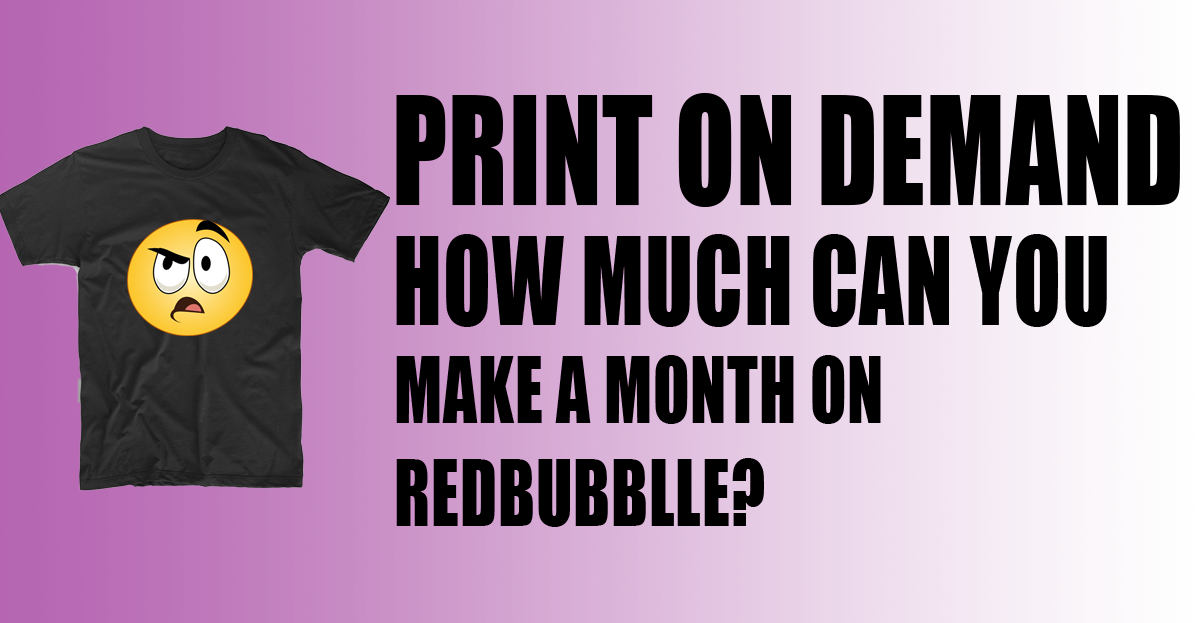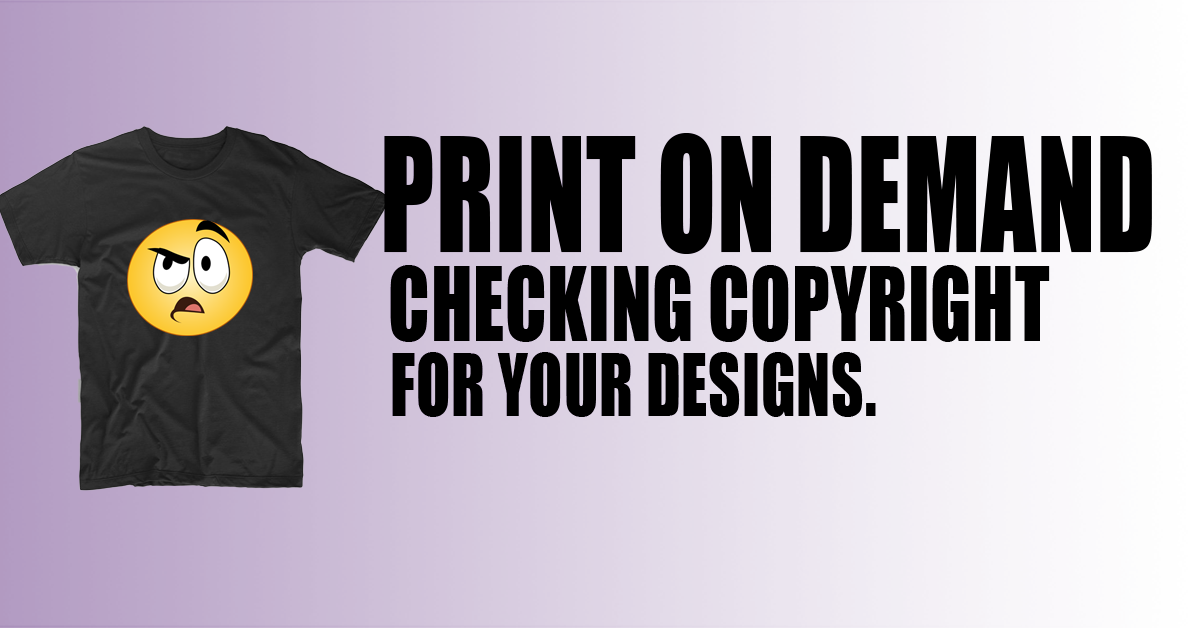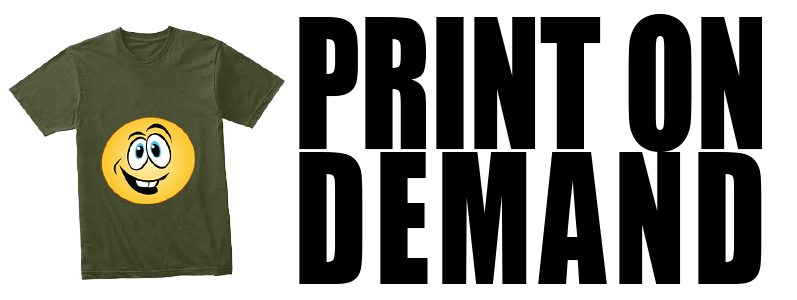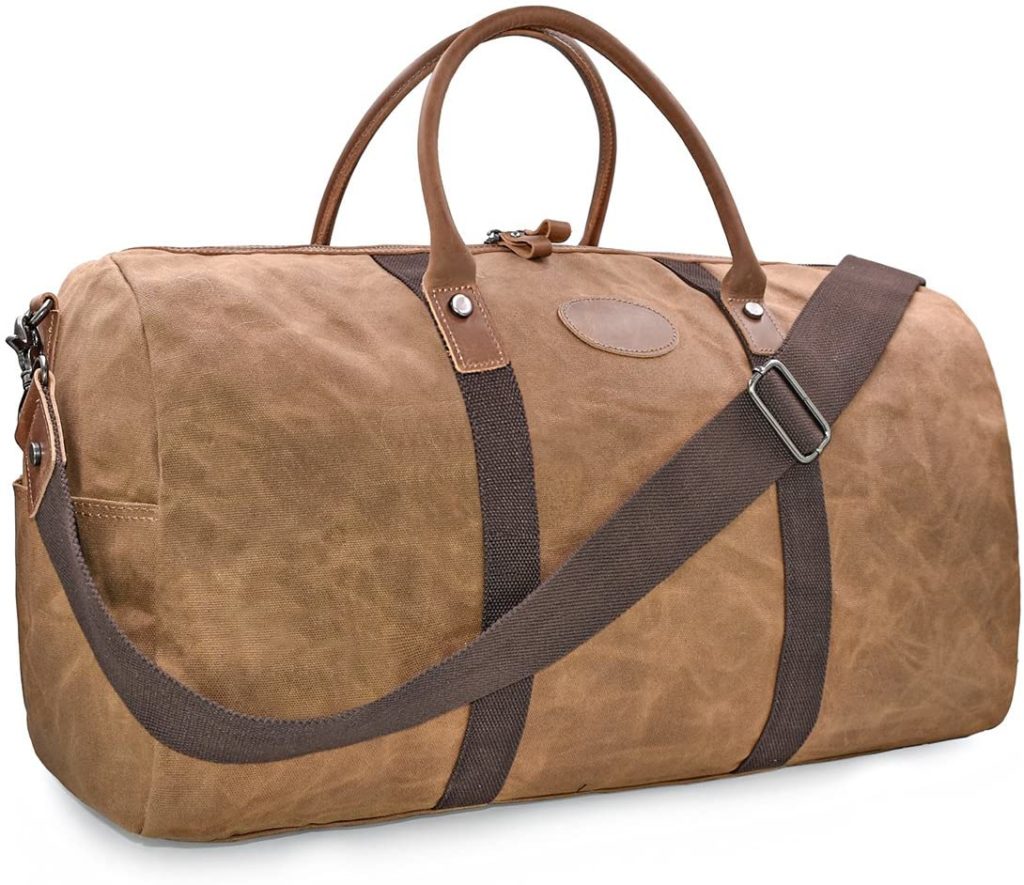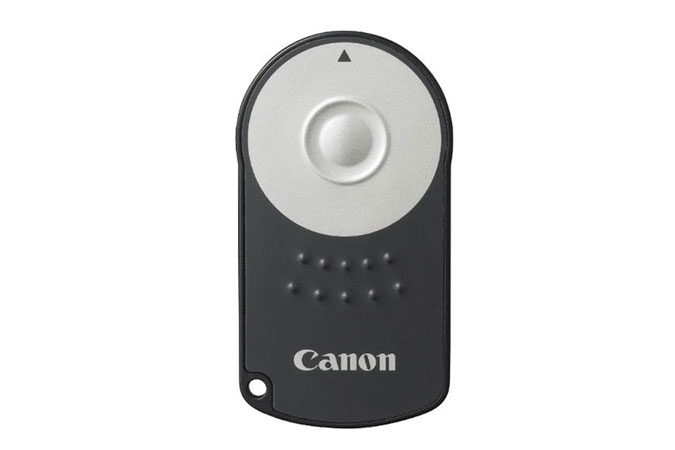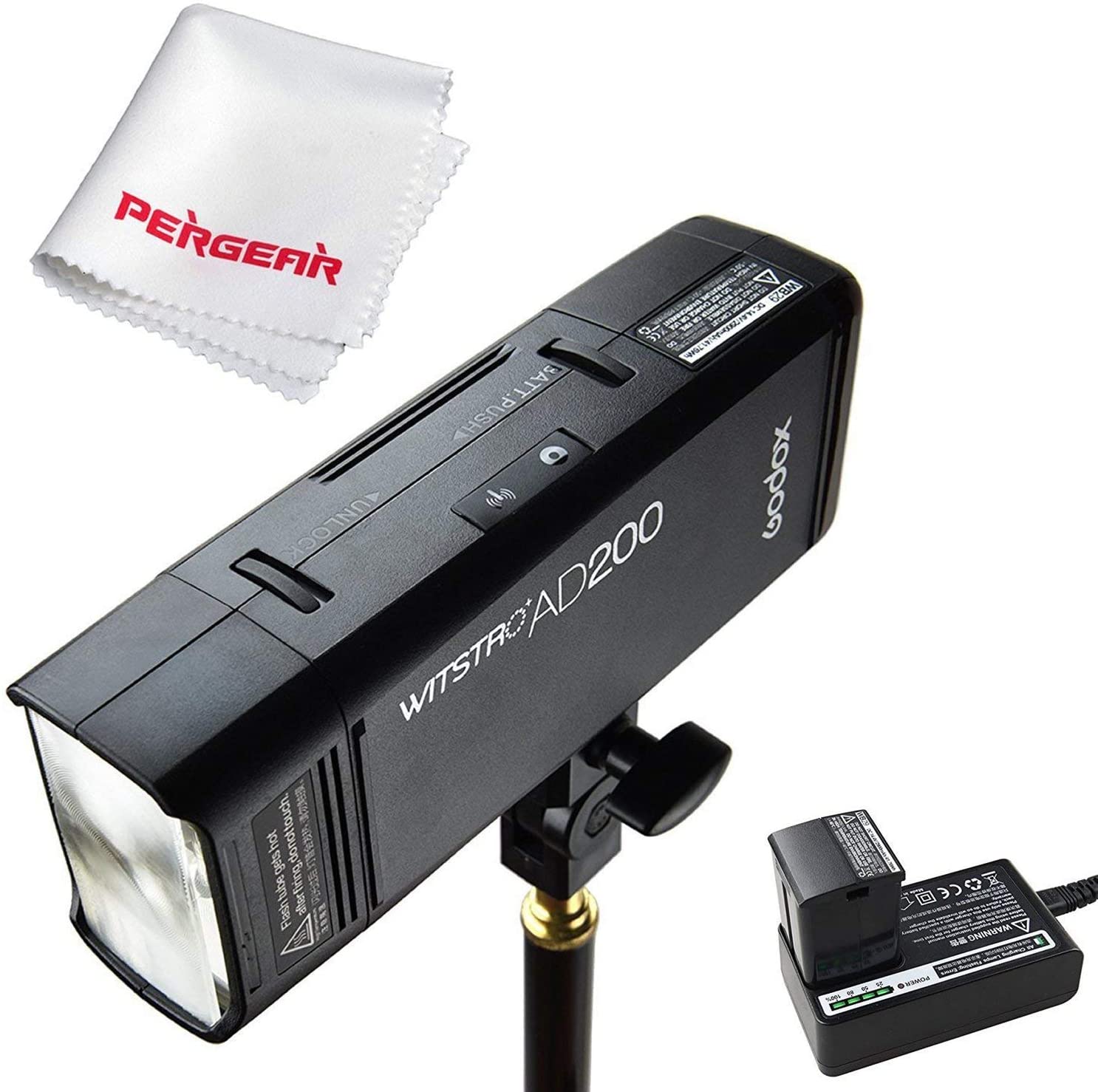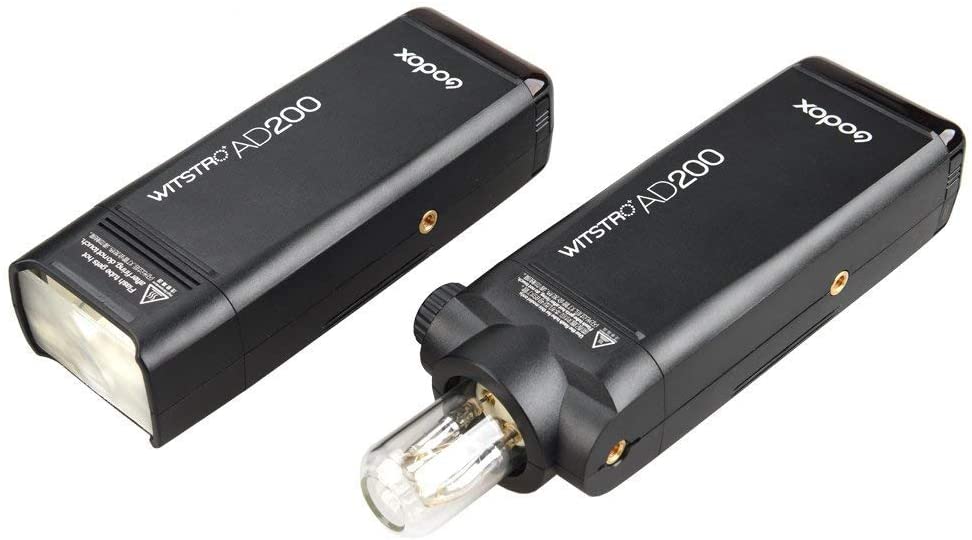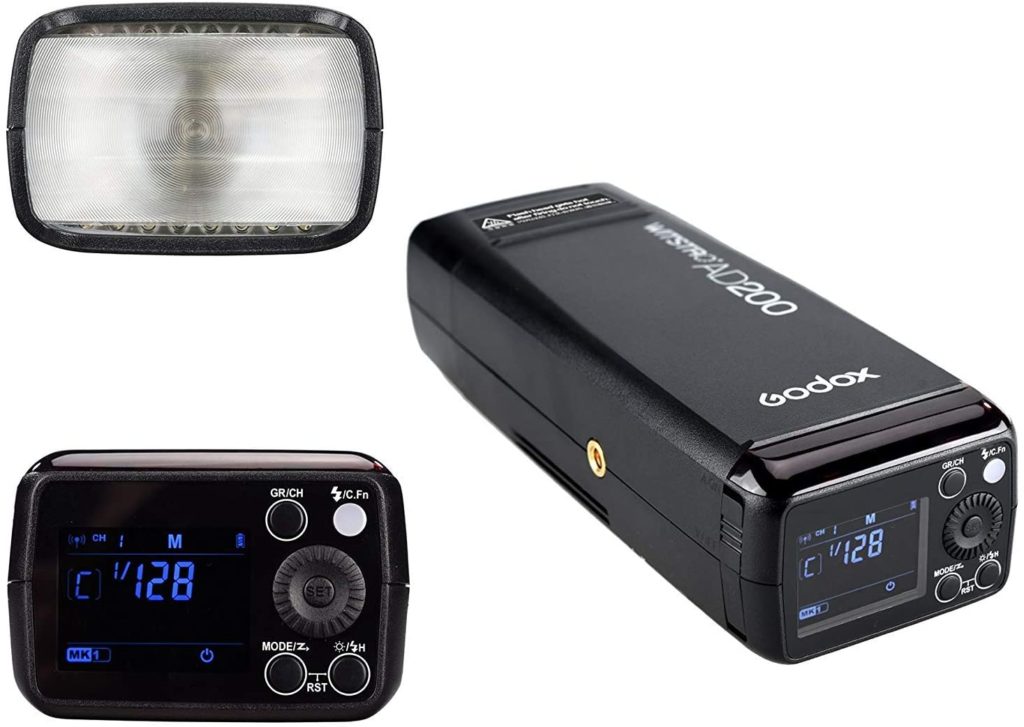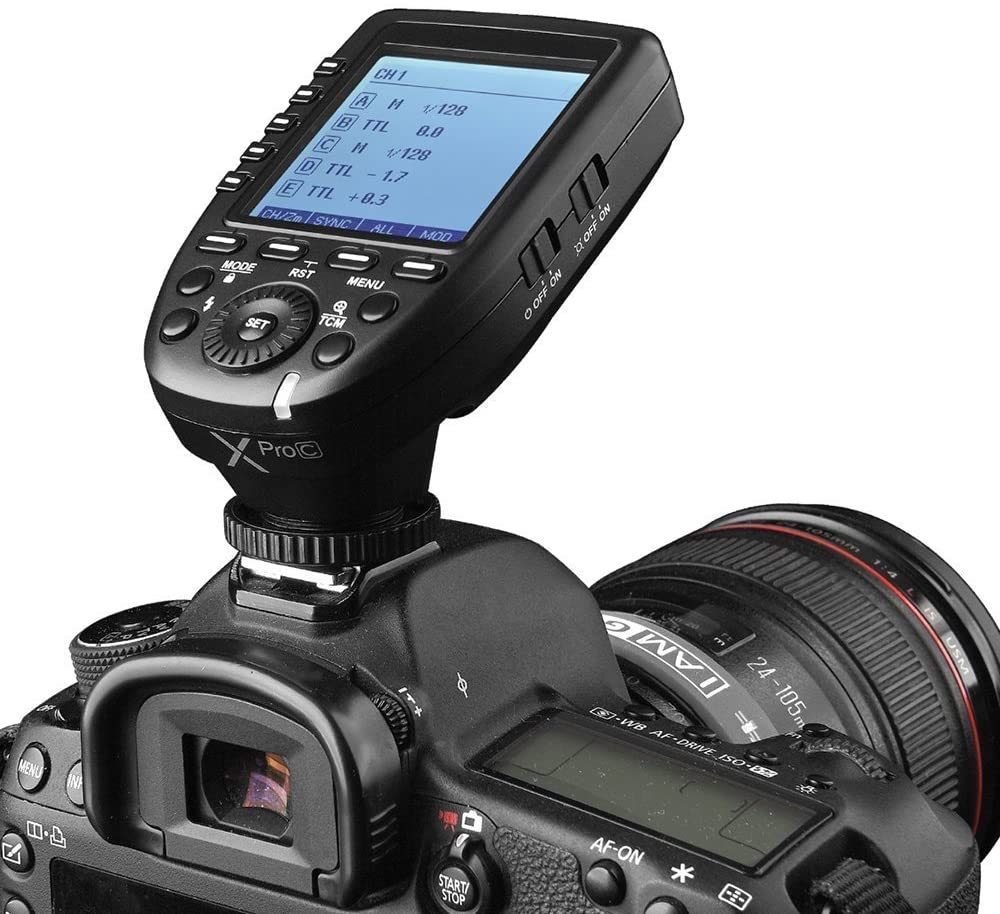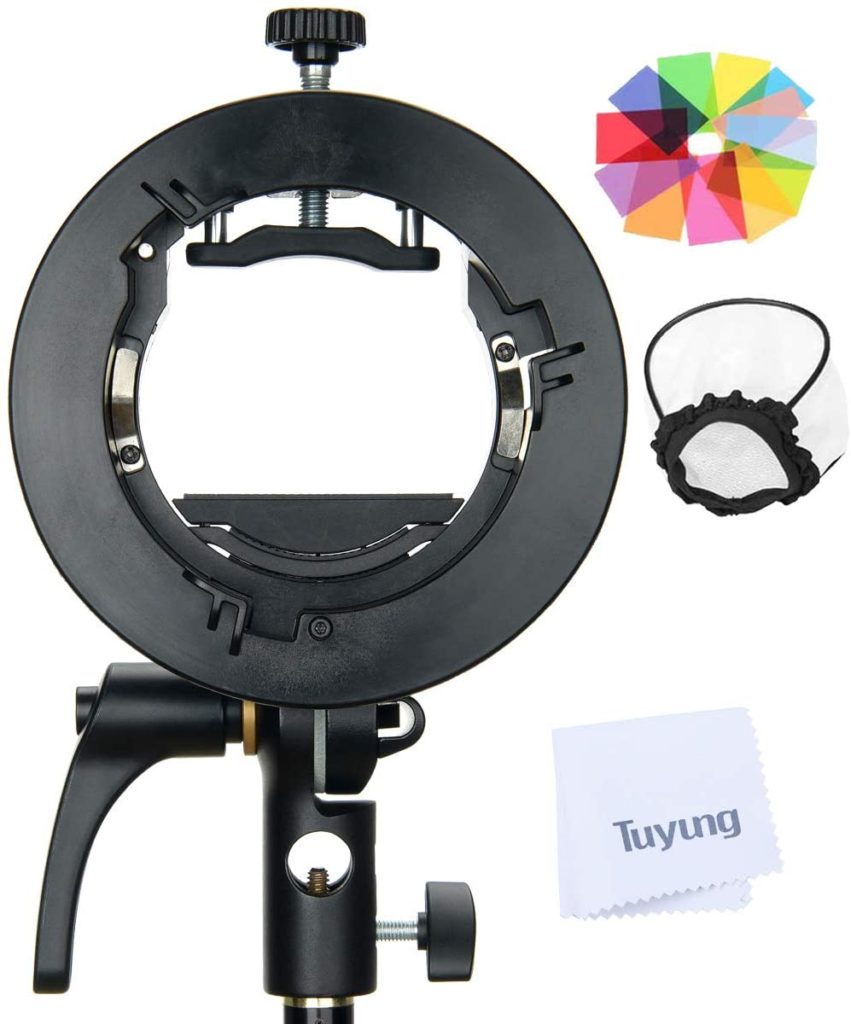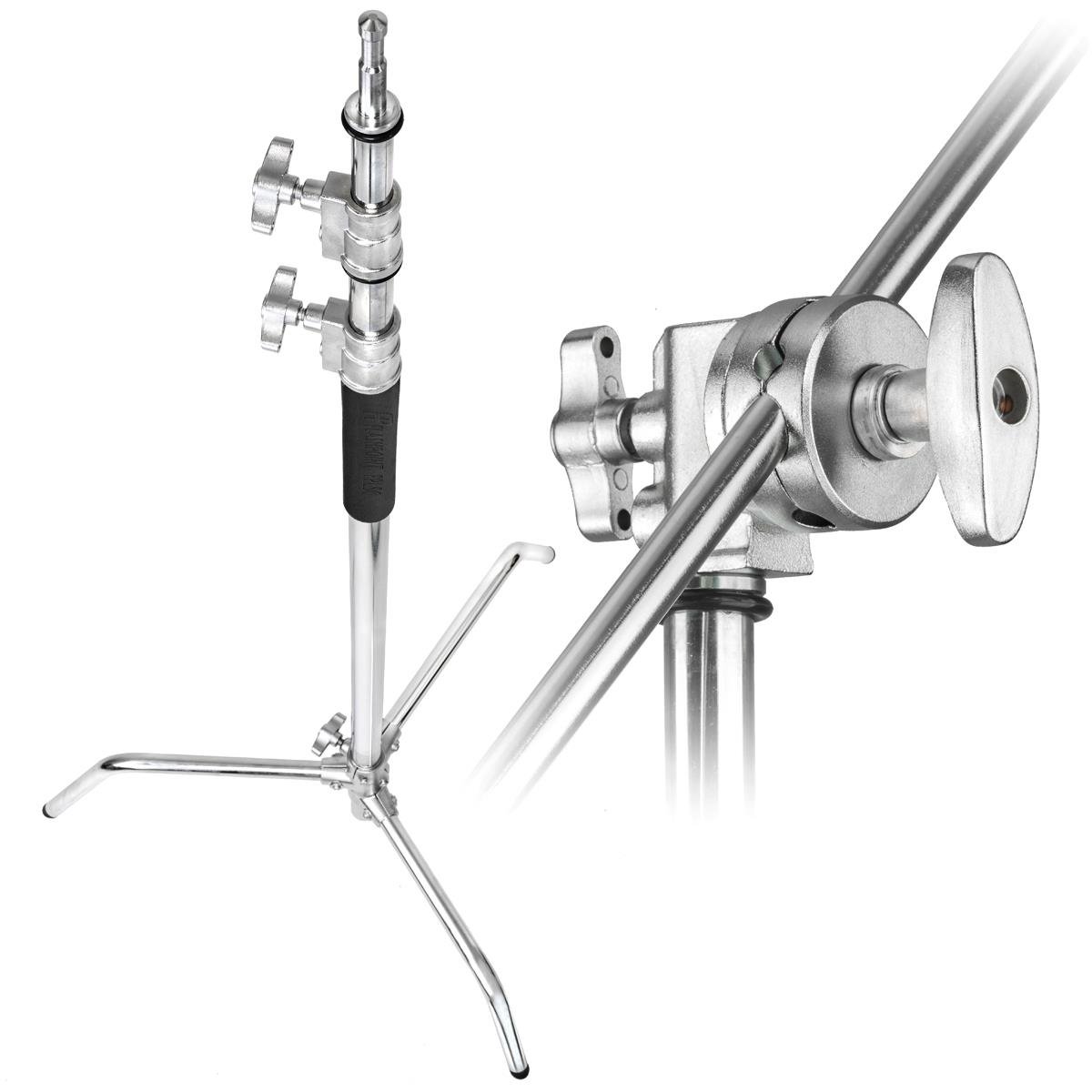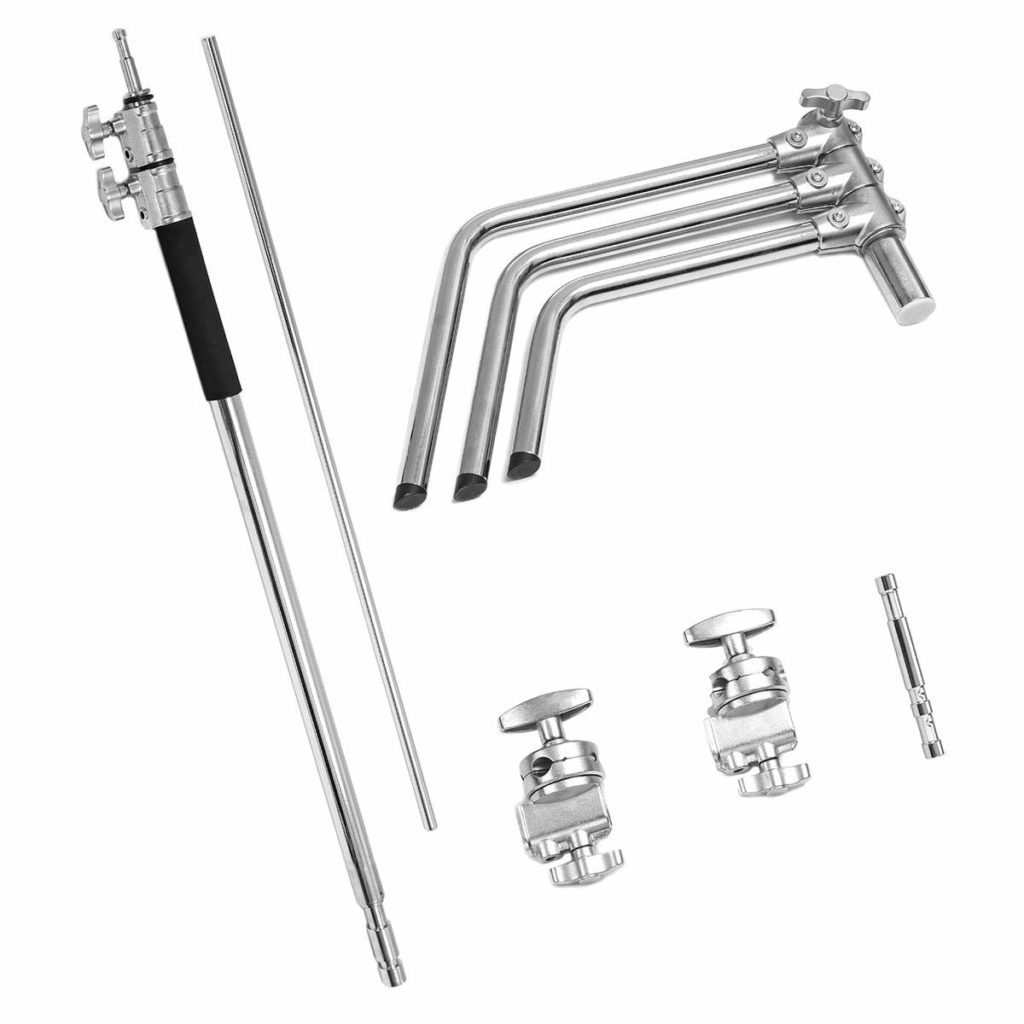
The lure of quick money can be strong when it comes to Print on Demand, this is especially true when you see the myriad of YouTubers who profess to be selling tens of thousands of dollars in merchandise per month on platforms like Redbubble, Spreadshirt, Society6, and Teespring. They promise an alternative to working your 9 to 5 job, and the best part is that you can start with a very small budget! If so, many people are making money hand over fist, why do so many Redbubble and Print on Demand shops fail? Let’s talk about it…
The lure of easy money
It is easy to fall into the trap of thinking that Print on Demand is a great source of passive income. Those promoting PoD tell you that you can use template sites like Canva and make simple text-based shirts requiring no skill in graphic design. They promise that if you make 100 shirts and then you can sit back and wait for the monthly cash to roll in. This is where many people end up, they make the same shirts that everyone else is making, using the same templates that everyone is using, and upload to the same services that everyone else is using. Are we starting to see the source of the problem yet?
It takes time!
If Print on Demand is your first foray into internet-based business ventures, you will quickly learn that nothing on the internet happens quickly, unless it goes viral of course. It takes time to research new shirt designs, create the design, upload the design, research the keywords for the design, and upload the designs to the print on demand servers. Once the designs are live, it takes time for Google to index them and get them in front of your customer’s eyes. After a while with no sales designers will realize that print on demand takes time – quite a bit of it. It is at this point where many designers turn to upload automation services like Merch Titans which allow you to upload to a few different services at the same time. This does come at a risk however, when you sign up for your accounts, the agreement you digitally sign for most print on demand services state that automated upload services are not allowed. Using these automated services can result in your account being banned. The automation services aren’t free and suddenly, the no startup fee business is costing you ten bucks a month for access to an uploader service.
The market is crowded
The promise of quick cash in print on demand has brought a ton of designers into the industry. Rather quickly, you will realize that a lot of people are making the same design and offering it in their PoD shop. This leads to the desire to make more compelling and interesting designs, so designers who are not skilled in graphic design will turn toward the paid version of the template services like Canva premium. Just like that you are paying 10 dollars for your automated uploader system and 8 dollars for premium access to better templates. When you are starting out in print on demand, many will be struggling to make 18 dollars a month. Suddenly, you are losing money every month creating the same designs as everyone else is making.
My designs aren’t selling!
Here you are, you have created over 100 designs for your print on demand shop, but they aren’t selling. You search the internet and come across articles like this, post on Facebook forums, and even try Reddit but your designs aren’t selling, and you can’t figure out why. The tough truth is that you have fallen for the get rich quick scheme that is so pervasive in the print on demand industry. In an effort to recoup their initial investment designers often turn to copyrighted material and start to make designs featuring Nike, Starbucks, DC comics characters (how many fake batman shirts have you seen?) Using copyrighted material in your designs will often break the dam, and you start seeing some sales. You will quickly recoup your initial investment but as soon as things get going, your account gets banned, you might get a letter from DC Comics or Disney from who you “borrowed” your designs from. You have no leg to stand on, you know when you used the copyrighted material you were doing something you weren’t supposed to. Now your car and home are in danger because they have big lawyers, and you can’t afford to hire one because you aren’t even making enough every month to cover the costs of the automated uploader service and Canva premium. Your “no startup budget” print on demand business venture is now costing you a whole heck of a lot more than you ever anticipated.
Failure is an option
Conservative estimates put the failure rate of print on demand businesses at 80%. Based on the comments and questions I get here on this forum, and all the questions I answer on the Facebook groups I work with, getting started in print on demand is tough unless you have a plan. If you think there are shortcuts and you can use Canva or steal images from google images for your content, you are destined for failure. If you troll design groups and steal ideas or designs, your success will also be short-lived. If you don’t want to take the time to exhaustively research the latest trends, or find good niches for evergreen designs then this isn’t the business for you. If you fall into these categories I would suggest cutting your losses now and walking away.
Make a plan
Customers are picky, plain, and simple. They want the coolest looking designs with the words they searched for at the best price. If you have a shirt that says I love dogs in boring text and your competition has I love dogs with a cute little dog and the text laid out in a compelling way, and you are both selling them for the same price on Redbubble or Teespring, which one do you think is going to sell first? The cuter design with the better laid out text is going to beat out a “plain jane” design every day of the week. This is one of the many reasons print on demand shops fail, not taking enough time to layout the design. The second reason is that many designers jump into the deep end of a very populated niche like yoga or alcohol. Do your research, find a niche you are passionate about the make some shirts for it, if they sell then expand and refine your work and offer more designs for that niche. Designers often ask me what they can do to compete with those shops with graphic design experience?
Knowledge is key
There are a million places online where you can learn the basics of graphic design and layout. It can be incredibly boring, learning about text and typefaces that work in specific situations and how color harmonies work can make your designs stand head and shoulders above the ones who are struggling to make a sale. Consider taking a class from a reputable source like Udemy, they offer a lot of great classes and they often have great sales. YouTube is hit or miss with the quality of the content and remember that content producers on that platform are interested in time spent viewing. They will make shorter duration videos to engage your more in the hopes that you will stay on their channel and click the next video. Udemy charges a one-time fee and you can watch the course at your leisure. Udemy isn’t a sponsor and I don’t get anything for talking about them, I have used their service many times and overall I have been very happy with the quality of the courses offered there.
Areas to avoid
I cannot tell you the number of times that someone has said to me: just tell me the niche I should be working in to make money. Think about it this way: why would I tell you and everyone else reading these articles the niches I am working in? I am happy to give you help with designs, implementation and steer you toward the light in terms of making more money with your print on demand shop, but I’m not going to tell you which niches to work in. There are a ton of content creators on YouTube that do weekly niche reviews, but you must take this information with a grain of salt. If I tell you today that you need to be making yoga shirt designs, you, and everyone else reading these articles or watching the videos will be racing to put up as many designs in that niche, instantly flooding it and making it way more competitive. The only ones profiting from providing this information is the YouTube creators raking in the views on their videos about new hot niches. Don’t think for one moment that they aren’t going to be making everything they can from the niches they are giving you in the videos before they pass the information along to you. What would you do in that situation?
Don’t bother buying the all in one print on demand courses that are offered all over the internet, they are telling you the same stuff I’m telling you here. Start a shop, you can do it, get a Canva account, Get a Merch Titans account, do research for your designs before you put time into them and of course find the smallest niche you can to work in and expand from there. The most important thing you will learn from a print on demand class is to make great looking designs. Even if you are working in a boring niche or just using a few words, be creative and lay the design out so it looks better than the ones available in other designer’s shops. See? Now you know everything, and it didn’t cost you a penny.
Lastly, when you are on Facebook or Reddit, don’t beg people to tell you the niches they are working in. When someone is selling well in a niche they aren’t going to tell you about it don’t be silly.
Conclusion
With all the ways to fail in print on demand, why bother to stay in it? Why do I bother to support artists who want to create work and sell it online? Because the first time you are out and about in the store or at the mall and you see someone you don’t know wearing your design, the feeling is unforgettable. The passive income doesn’t hurt either once you get your shop rolling and find out what designs are selling best to your audience. Stick with it, make sure you have a plan, and don’t fall into the get rich quick schemes.
Because I use copyrighted words and phrases, and often talk about brand names I can’t monetize this content, so please support this page by sharing the content with your print on demand forums and colleagues.
Now get out there and get designing!

